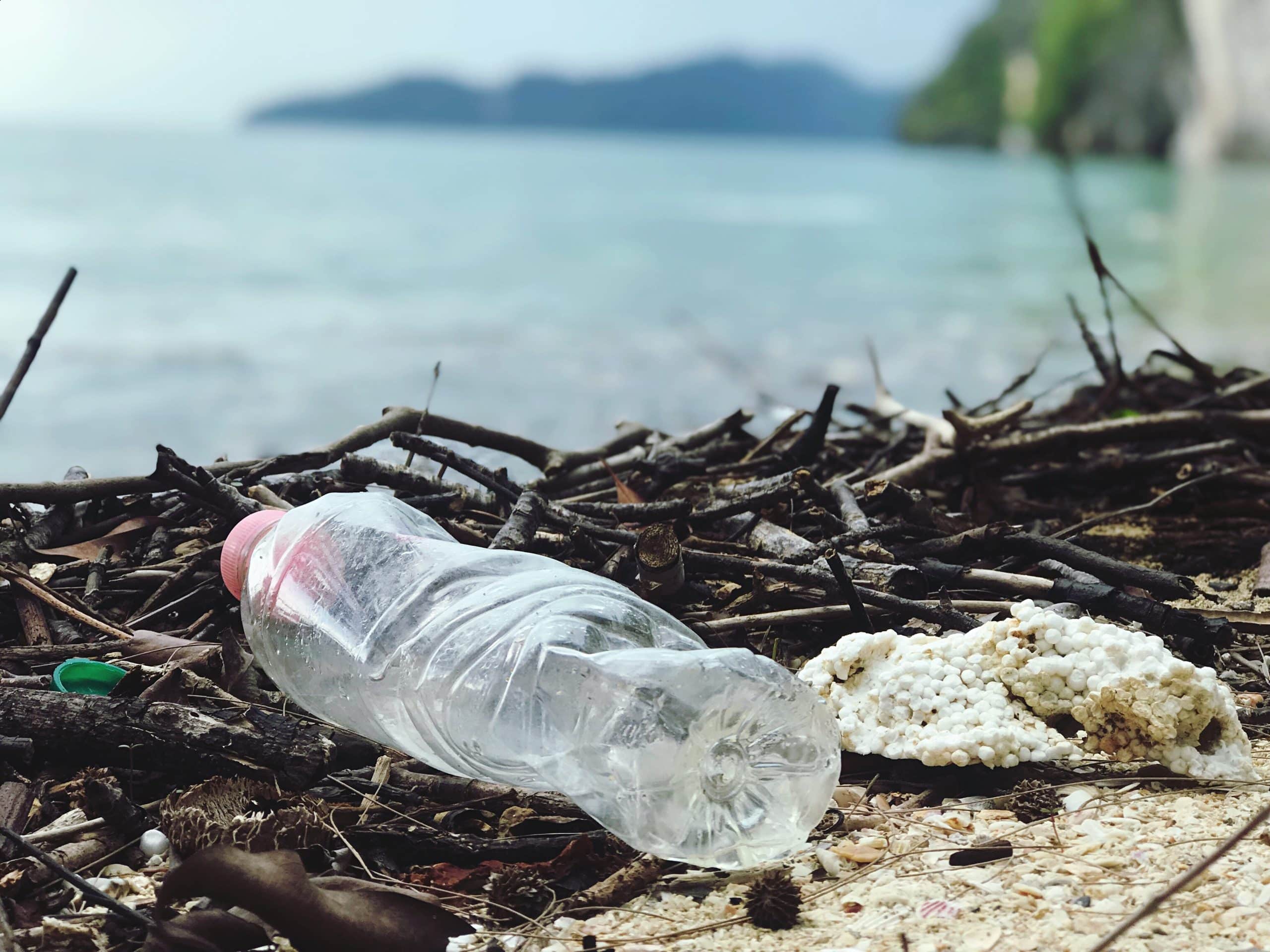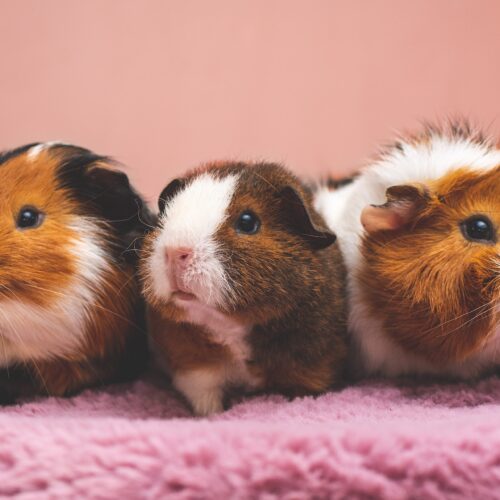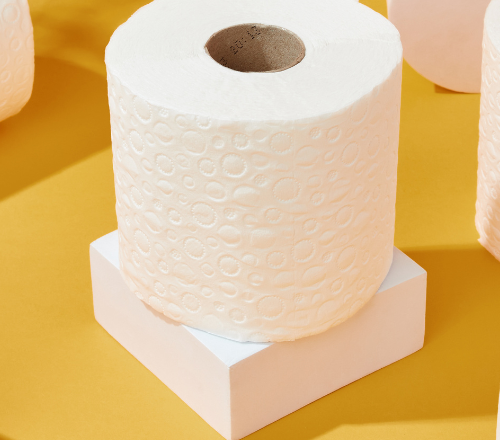The beauty, majesty and mystery of the oceans has long been a draw for filmmakers. In fact, the first full-length movie shot underwater graced the big screen way back in 1916. Based on Jules Verne’s adventure novel Twenty Thousand Leagues Under the Sea, the silent film included underwater footage shot in the Bahamas.
Fast-forward through Spielberg thriller Jaws in the ‘70s to superhero epic Aquaman, which grossed over a billion dollars worldwide when it was released in 2018, and it’s clear that the allure of the deep is still strong.
Rose-tinted goggles
From underwater civilisations to out-of-control sea creatures, these ocean-themed movies have it all. Well, nearly all. One thing that’s decidedly absent from these cinematic explorations is the plastic pollution that is now unfortunately a feature of our waters.
Whether you’re watching a Disney depiction of the world beneath the waves, or an action movie set on the ocean surface, you probably won’t see much in the way of litter.
With hype already building for the release of Aquaman sequel Aquaman and the Lost Kingdom, which is scheduled to hit the big screen next year, we thought we’d compare the image of our seas depicted in movies to real life. Check out the results below.
Jaws
Iconic 1975 thriller Jaws has shaped the way many people view sharks. In fact, after the release of the movie there was a surge in trophy hunting of these perceived man-killers. According to research carried out by biologist Dr Julia Baum, there was a 79% decline in great white sharks between the mid-1980s and 2000.
This reflects the fact that, in reality, we’re a much greater threat to sharks than sharks are to us. And it’s not just hunting and fishing that is putting these majestic ocean dwellers at risk. Plastic pollution is also playing a role.
Scientists at the University of Exeter recently revealed they had found reports of 1,116 sharks caught up in plastic across the world. Since this only reflects the numbers reported, the true figure is likely to be much higher.
Finding Nemo
In this computer-animated Disney adventure film, the title character’s father Marlin sets off on a desperate search to find his missing son. His quest sees him ride the East Australian Current, which is shown as a kind of underwater highway.
This current does actually exist and is used by fish. Located off Australia’s eastern coast, it’s roughly 100km wide and 500 metres deep, and it moves as much as 30 million cubic metres of water per second.
In the movie, this fast-flowing current is crystal clear and litter-free – but the reality isn’t quite so idyllic. Plastic pollution is unfortunately a major problem off Australia’s coasts. According to figures from the WWF, as many as 85% of Australian seabirds are impacted by plastic pollution. The conservation charity also highlights that marine animals including turtles can choke on items such as plastic bags, while larger animals like whales are often found with plastic debris in their stomachs.
On a more positive note however, a study carried out by the Commonwealth Scientific and Industrial Research Organisation suggests that Australia may be turning a corner when it comes to plastic pollution. It found that this type of litter has decreased along the coast by as much as 30% on average compared with 2012-13 – thanks to work by local governments.
Castaway
The main premise of this survival movie was devised by Hanks, who was interested in what would happen if a freight plane crashed into the Pacific. In a 2017 Actor Roundtable with The Hollywood Reporter, he said: ‘I was reading an article about FedEx, and I realised that 747s filled with packages fly across the Pacific three times a day. And I just thought, “What happens if that goes down?”’
When it comes to losing goods at sea, however, ocean freight is a much bigger culprit than air freight. According to the World Shipping Council, an average of 546 containers are lost overboard each year. This usually happens when the containers are shaken loose by heavy seas.
One of the most famous examples of this happened in 1992 when a cargo ship travelling across the North Pacific from China to the US hit bad weather and lost 28,000 rubber ducks overboard. Supposedly, these ducks still occasionally wash ashore to this day.
The Little Mermaid
Mermaids have been the inspiration of everything from books and paintings to operas over the centuries. And of course in 1989, these mythical creatures made their way onto screens around the world with the release of Disney classic The Little Mermaid, adapted from the Hans Christian Andersen fairytale of the same name. At this point, little attention was being paid to the problem of plastic pollution.
In the decades since however, much more focus has been brought to bear on this important issue – and one artist who has harnessed the creative potential of these mythical sea creatures specifically to raise awareness of plastic in our oceans is Canadian photographer Benjamin Von Wong.
As part of a campaign dubbed ‘mermaids hate plastic’, he took a series of photographs showcasing a mermaid surrounded by a sea of 10,000 brightly coloured plastic bottles. The artist said he hoped his campaign would make the topic more comprehensible and interesting. The number 10,000 was chosen because this reflects the estimated average lifetime usage of plastic bottles by Americans.
Aquaman
A number of underwater waterfalls appear in this superhero movie. This is actually a real-world phenomenon that happens when cold, dense water sinks below warmer water.
The largest of these waterfalls lies beneath the Denmark Strait, which separates Greenland and Iceland. Here, when cold water from the Nordic Seas comes into contact with warmer currents from the Irminger Sea, it plunges down a huge dip in the ocean floor, creating a downward flow that’s thought to measure more than 123 million cubic feet per second.
Sadly, even areas as remote as the Nordic Seas haven’t escaped the problem of plastic pollution. A study led by the Institute of Marine Research in Norway found that microplastics from European rivers are finding their way into these bodies of water. The plastics come from a variety of sources, such as car tyres, cosmetics and clothing fibres.
Have your own ocean-themed movie facts you’d like to share? Or perhaps you have an opinion on the state of our waters in real life. Join the conversation on #ReimaginingOceans.





